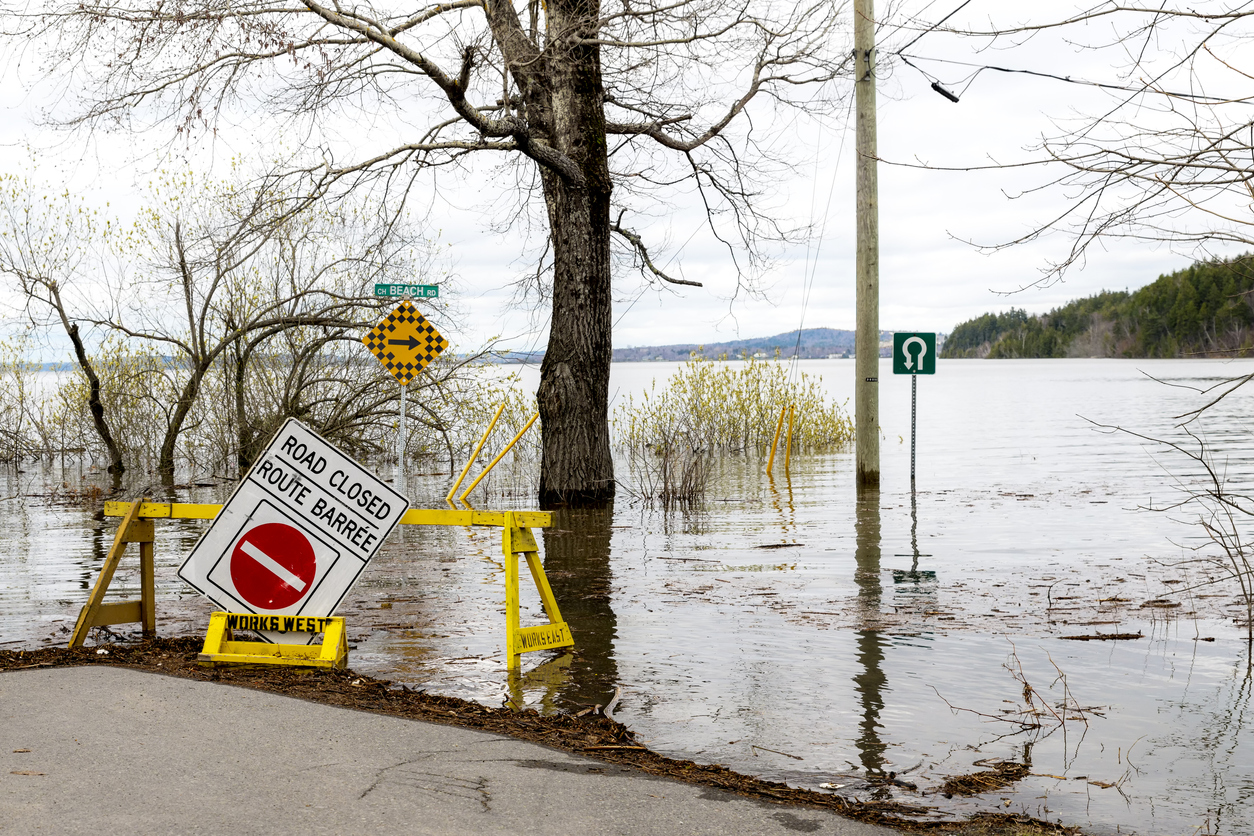This blog post was originally published in Policy Options.
Climate change is the existential threat of our time, putting our economies, quality of life and even life itself at risk. So why aren’t we acting more decisively to confront climate change despite the growing global consensus on the urgent need to act? The root of the paradox lies in three “tragedies” – the tragedies of the horizon, of the commons, and of the transition. Here, we mean tragedy in the ancient Greek sense to denote those flaws inherent in the human condition that portend catastrophe.
Mark Carney, former governor of the Bank of Canada and the Bank of England, coined the term “tragedy of the horizon” in a speech in 2015 as he described the catastrophic impact that climate change will have on future generations while noting that the current generation has little incentive to fix. It is but one of three tragedies that inhibit Canada’s and the world’s response to climate change:
The tragedy of the horizon: The deeply embedded human tendency to discount both the costs and benefits of distant events.
The tragedy of the commons: The dilemma around collective action arising from the fact that greenhouse gas (GHG) emissions have a global impact on our common atmosphere, while the task of limiting of emissions rests with sovereign nations, which cannot be compelled to act.
The tragedy of the transition: The inherent resistance to the disruption caused by fundamental change; the power of vested interests in the status quo; decision-making paralysis in the face of profound uncertainty; and the sheer scale of the resources – material, financial and human – that need to be mobilized to both transform the global energy system and adapt to the damage of climate change that cannot be avoided.
Not all of the three tragedies, however, have an equal impact on our responses to climate change, which include mitigation, adaptation and clean economic growth.
For example, the tragedy of the horizon won’t likely inhibit action on adaptation to mitigate the present damage of climate change. The motivation exists now to invest in adaptation – not at some point on the distant horizon. We need only look to extreme weather events and localized risk forecasts that are becoming more precise and reliable.
Moreover, the global tragedy of the commons does not stymie adaptation because the responsibility for investment in adaptation such as flood-control infrastructure and the resulting benefits of such investment are both concentrated locally. Cost and benefit are approximately matched.
But the tragedy of the transition is impeding adaptation. Governments have paid far less attention to adaptation than to mitigation in view of the large near-term cost of adaptation, which requires budgetary resources already stretched by competing priorities that are perceived as more pressing. Some advocates of mitigation may also fear that allocating resources to adaptation might undermine commitment to the tough policies needed to meet emission-reduction targets. Clean growth counts as an opportunity, but one that depends on mobilization of effort to confront all three of the tragedies.
In light of the fundamental factors that impede efforts to address climate change, strategic policy must focus on practical measures to reshape the incentives that underlie each of the tragedies. For example:
The tragedy of the horizon: We must find ways to bring the future forward to the present. In the case of the financial sector, insurers, banks and investors have long-term assets and liabilities that motivate them to account for the distant effects of climate change. But they need to be better-equipped with information and regulation to make commitments that are evidence-based, consistent across segments of the industry, and transparently disclosed. This requires public action to strengthen and focus market responses to the longer-range climate risks. Similarly, a stringent, long-term carbon price schedule could profoundly affect current investment decisions. But there’s a catch: how do we mitigate the risk of a future government changing the rules? Some researchers have proposed that the Canada Infrastructure Bank might, in effect, insure an investor against that particular political risk.
The tragedy of the commons: Since no one country can halt climate change on its own, why should any country agree to suffer the disruption of significant emission cuts unless all do? Collective action is needed but there is no global authority that can impose it on sovereign nations. Sovereign nations collectively — despite pious statements of commitment — have so far not been willing to impose domestic measures sufficient to fulfil the declared intent. How might the impasse be resolved?
Popular pressure, particularly from young people, will help but is unlikely to be nearly enough. A powerful shared economic incentive is needed. Fortunately, this exists owing to the fact that the cost of clean energy – particularly from wind and solar – is in many places already lower than the cost of new fossil sources, even without carbon pricing, and prospects are steadily improving. This market reality is aligning global incentives in the desired direction. Countries will eventually find it in their own economic interest to replace most fossil energy with non-emitting sources.
This would resolve the tragedy of the commons, but too slowly, given existing and planned fossil-fueled power plants. The transition will nevertheless likely accelerate and lead to the inevitable global clean-energy revolution. Here is a fortuitous situation where intensifying geopolitical competition, especially between China and the U.S., can push the whole world in the direction it needs to go. At present, China is the global leader in manufacturing solar and wind power equipment and electric vehicle production. How much longer will the U.S. government and industry be willing to fall even farther behind China in the clean-energy transformation that constitutes the greatest economic opportunity ever? Strategic competition — and not only the will to assure a livable planet — will eventually align American and Chinese commitment, and that of the world, to the production and use of non-emitting energy.
Meanwhile, a version of commons tragedy unfortunately exists here at home – the difficulty of linking interprovincial electricity grids to accommodate decentralized and intermittent electricity sources such as wind and solar. A more efficient solution for everyone depends on co-operation beyond provincial jurisdictional silos. Here, there might there be a role for the federal government to realign the incentives for maximum collective benefit. This and other issues will be addressed in a forthcoming report by the Canadian Climate Institute on the electricity sector. Four expert-authored papers provide an agenda for the study through a sophisticated analysis of the challenge that can lead to specific, actionable recommendations.
The tragedy of the transition: We know where we need to go: by 2030, at least a 40 per cent reduction of GHG emissions (relative to 2005) on a path to net-zero by 2050. We have a pan-Canadian framework to guide federal-provincial-territorial collaboration; federal legislation that enshrines the net-zero target together with an accountability mechanism; and a schedule of escalating prices on CO2 emissions. Canada’s climate change targets imply that the time for equivocation is over. In fact, it’s already past midnight.
But the transition is far too complex to be accomplished in one step – or even two or three. It will require a sequence of fundamental changes across several dimensions. A report by the institute – “Canada’s Net Zero Future” – frames several aspects of the issue and captures the implications in its identification of “safe bets and wildcards” – those technologies, for example, that are ready for implementation and those that hold promise but require further research and development before deployment at scale.
Now comes the hard part. The time has arrived for governments, businesses and individual Canadians to take the bold decisions on the specific elements of the net-zero strategy and decisions on where best to place the bets and how they should be sequenced.








